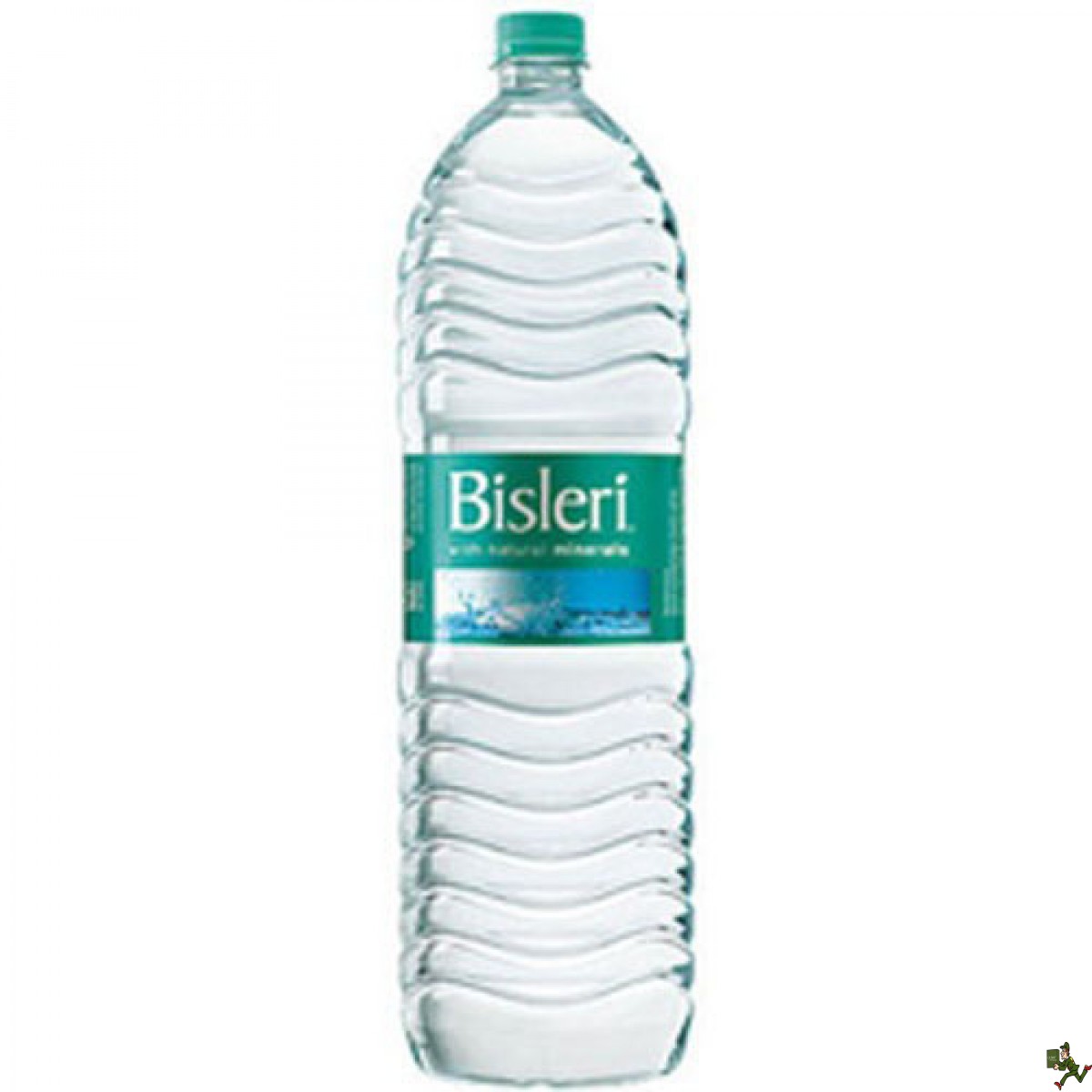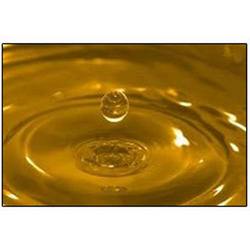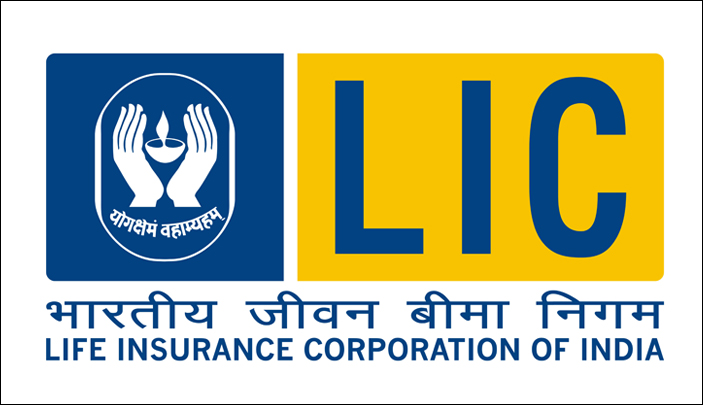
In my Diary dated January 15, 2016, I had said that I expect the government to increase the excise duty on petrol and diesel soon. On that very evening, the central bureau of excise and customs, which comes under the ministry of finance led by Arun Jaitley, increased the excise duty on both petrol as well as diesel. This after the price of the Indian basket of crude oil had fallen to $26.43 per barrel on January 14, 2016.
This is the eight increase in excise duty on customs and excise since November 2014. The first increase had happened on November 12, 2014. With the latest increase the excise duty on petrol stands at Rs 8.48 per litre. Between November 2014 and now, the excise duty on unbranded petrol has gone up by Rs 7.28 per litre or a whopping 607%.
With the latest increase the excise duty on unbranded diesel stands at Rs 9.83 per litre. Between November 2014 and now, the excise duty on unbranded diesel has gone up by Rs 8.37 per litre or a whopping 573%.
The government has clearly captured in a large chunk of the gain because of lower oil prices. As on January 16, 2016, the price of petrol in Mumbai stood at Rs 66.09 per litre. In November 2014, when the excise duty was raised for the first time, the price of petrol in Mumbai had stood at Rs 71.91 per litre. Hence, for the end consumer, the price of petrol in the city has fallen by 8.1%.
As on January 16, 2016, the price of diesel in Mumbai stood at Rs 51.25 per litre. In November 2014, the price of diesel in Mumbai was at Rs 61.04 per litre. Hence, for the end consumer, the price of diesel in the city has fallen by 16%.
How much has oil fallen by during the same period? As on November 11, 2014 (a day before the excise duty on petrol and diesel was raised by the Narendra Modi government for the first time), the price of the Indian basket of crude oil was at $79.11 per barrel. By January 14, the price had fallen to $26.43 per barrel or close to 67%.
In rupee terms the price of oil has fallen by close to 64%. But the price of petrol and diesel has fallen by only 8.1% and 16%. In fact, if we look at the price of oil in rupee terms, we can come to a very interesting conclusion.
As on January 14, 2016, the price of the Indian basket of crude oil was at Rs 1,773.19 per barrel. One oil barrel is basically 159 litres. This means that one litre of the Indian basket of crude oil costs around Rs 11.2 per litre. One litre of bottled water (or what we call Bisleri at the generic level) typically costs Rs 20 per litre. Given this, bottled water in India is now nearly twice as expensive as oil. Or to put it in another way, oil is now half the price of that of bottled water, but only for the government. You and me have missed out on this party.
Of course, these gains haven’t been passed on to the end consumer and have been captured by the government. Interestingly, petrol prices since February 2015, have actually gone up. The price of petrol in Mumbai as on February 4, 2015, was at Rs 63.9 per litre, whereas currently it is at Rs 66.09 per litre. The price of the Indian basket of crude oil was at $54.97 per barrel on February 4, 2015. It has since then fallen by more than 50% to $26.43 per barrel.
One of the points that typically gets made in favour of the government increasing excise duty on petrol and diesel is that these fuels pollute and need to be taxed in order to protect the environment.
Data from Centre for Monitoring Indian Economy(CMIE) points out that between January and December 2014 a total of 18,385 thousand tonnes of petrol was consumed in the country. Between January and December 2015, a total of 21,089 thousand tonnes of petrol was consumed within the country. This was around 14.7% more.
A major portion of this would have come from an increase in new vehicles which run on petrol. If one takes this into account, then the consumption of petrol during the last one year, has not gone up significantly, and this despite lower prices.
How do things stand with diesel? Between January and December 2014, the total amount of diesel consumed in the country stood at 69,022 thousand tonnes. Between January and December 2015, the total amount of diesel consumed in the country stood at 72,652 thousand tonnes or 5.3% more than the previous year.
Again, if we adjust for newer diesel vehicles and other ways in which diesel is used, the total amount of diesel consumed in the country didn’t go up significantly, despite lower prices. What this tells us is that the increase in consumption of petrol and diesel has happened because of new vehicles and not because of lower prices.
So does this mean that the government will now clamp down on the production of new vehicles or increase taxes on them to make them more expensive for people to buy them and in the process control pollution?
Also, if the government was serious about pollution, why has the price differential between petrol and diesel gone up in the last 15 months? In November 2014, the difference between the price of petrol and diesel was at Rs 10.87 per litre. Now the difference stands at Rs 14.84 per litre. This raises the question that why is the government incentivising diesel, which pollutes more?
Further, the bigger question that no one in government seems to be ready to answer is what happens when oil prices start to go up again? Given that the government hasn’t passed on the bulk of the fall in price of oil to the end consumer, it is only fair that it does not pass on an increase in prices as well, as and when it happens.
In that scenario where will the government get the money for to continue to finance its expenditure? This is something that Arun Jaitley, who I call the excise duty hike minister these days, needs to answer. Or will the government increase the price of petrol and diesel, something the Bhartiya Janata Party (BJP) had majorly protested against when it was in the opposition.
Postscript: In order to understand why the government is increasing the excise duty on petrol and diesel, read this: Happy new year folks: The govt has increased excise duty on petrol and diesel again!
The column originally appeared on the Vivek Kaul Diary on January 19, 2016


